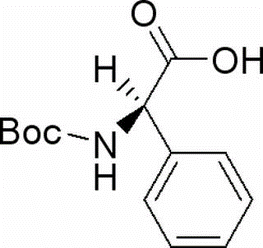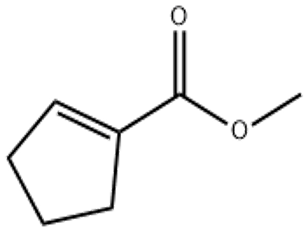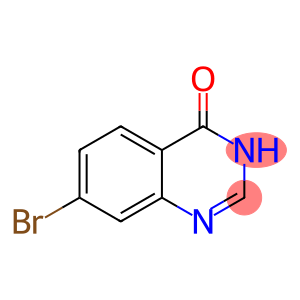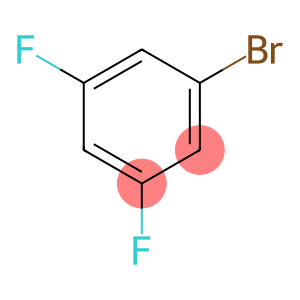BOC-D-Phenylglycine(CAS# 33125-05-2)
| Safety Description | 24/25 – Avoid contact with skin and eyes. |
| WGK Germany | 3 |
| HS Code | 29242990 |
| Hazard Class | IRRITANT |
Introduction
boc-D-alpha-phenylglycine is an organic compound with the chemical formula C16H21NO4. It is a chiral compound with two stereoisomers. boc-D-alpha-phenylglycine is an amino acid containing the protecting group Boc (butylaminocarbonyl), which is a Boc protected derivative of D-phenylglycine.
boc-D-alpha-phenylglycine are commonly used in the field of peptide synthesis and drug research in organic synthesis. It serves as a building block for specific amino acid sequences and can be used to synthesize biologically active polypeptide drugs. The compounds can be used to synthesize polypeptide chains containing D-phenylglycine, which can be used to inhibit specific biological processes or mimic certain natural proteins.
To synthesize boc-D-alpha-phenylglycine, it can be generated by the reaction of D-phenylglycine with Boc-2-aminoethanol. This process involves various organic synthesis techniques, such as the introduction and removal of protecting groups, amino acid reactions, etc.
When using and handling boc-D-alpha-phenylglycine, please pay attention to the following safety information: The compound may be harmful to the human body and should be handled with caution. During operation, follow proper laboratory safety procedures and wear appropriate personal protective equipment, such as lab gloves and goggles. Avoid inhalation, contact with skin and eyes. If accidental exposure occurs, immediately flush the affected area with plenty of water and seek medical help.








